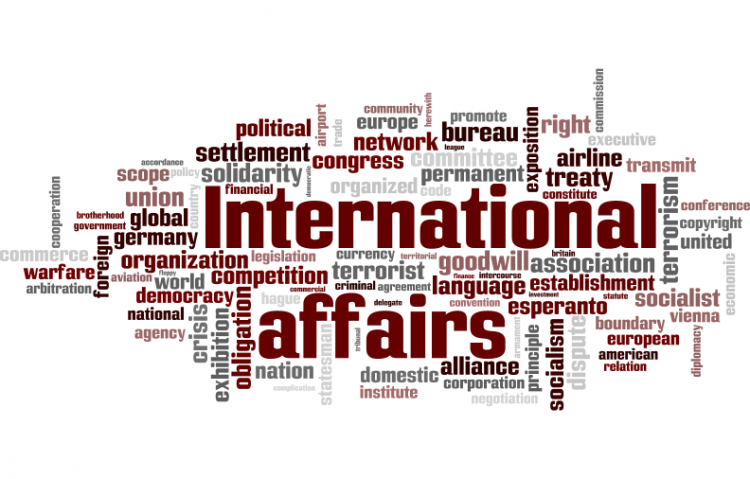British Museum should have clear signage about Buddha’s birthplace

- Target:
- Mr. Neil MacGregor, Director, British Museum Great Russell Street London WC1B 3DG
- Region:
- GLOBAL
- Website:
- worldamity.wordpress.com
Ashoka Pillar built in 300 BC by Indian Emperor Ashok during his pilgrimage to the birthplace of Buddha still stands Lumbini. A thorough excavation and investigation near the Ashok Pillar has found the Nativity Stone that was laid down to mark the Buddha’s birthplace.
An international team of archaeologists has begun a three-year survey, coordinated by the UNESCO of the archaeological ruins of Lumbini, the birthplace of Buddha in Nepal. The team of archaeologists, including experts from Nepal’s Department of Archaeology and the Lumbini Development Trust, is directed by Robin Coningham, UNESCO Archaeological Expert and Professor of Archaeology, University of Durham.
The UNESCO, after careful examination all facts and evidences, has already recognized Lumbini as the Buddha’s birthplace and a World Heritage Site.
Mr. Neil MacGregor,
Director, British Museum
Great Russell Street
London WC1B 3DG
Re: Buddha’s birth place issue
Dear Mr. MacGregor,
After British Museum notice on its Facebook wall “In light of recent comments about the Buddha’s birthplace, we would like to reassure you that the Museum does not state that the Buddha was born in India. We state that the Buddha was born into a small kingdom that flourished in north-eastern India in about 500 BC. The kingdom covered a reasonably wide area in the northern plains, along with several others of the time. When the Buddha’s mother was expecting, the family decided that she should proceed north to the hills to give birth. This she did, but gave birth along the way, in Lumbini at foot of the Himalayas. The site of Lumbini is in Nepal about 20 miles from the modern border with the Republic of India. If you are aware of an instance where the incorrect information is written or posted please let us know where so we can look into it. You are welcome to leave comments about this subject on the main wall but please note that comments about this subject on unrelated posts will be deleted as they are off topic. Please see further information about commenting in the info tab.” on 4th of November, 2011 there was flood of comments.
“In the spirit of clarity, the British Museum wants to be unambiguous and accurate on this issue – the Buddha was born in Lumbini which is in Nepal. The Museum is always seeking to find the clearest way to put past history into understandable statements in the Museum, on our website and in our online records. Thank you for your feedback. Please be assured this is an important issue to the Museum and has been passed on to our curatorial team to establish where further clarity in the Museum and online may be required.” – this was another notice from British Museum on 7th of November, 2011 on its facebook wall after flood of dissatisfied comments on its notice.
We were informed that the museum has created new signage that has been on view as of 11 December, 2011 and the panel now reads:”The Buddha was born in 563 BC and named Siddhartha Gautama. He was a prince from the Shakya royal family, who ruled a region corresponding to the modern borderlands between Nepal and northern India. When the Buddha’s mother was expecting, her family sent her to the foothills of the Himalayas. She gave birth while travelling north, at a place called Lumbini in Nepal.”
Ashoka Pillar built in 300 BC by Indian Emperor Ashok during his pilgrimage to the birthplace of Buddha still stands Lumbini. A thorough excavation and investigation near the Ashok Pillar has found the Nativity Stone that was laid down to mark the Buddha’s birthplace. An international team of archaeologists has begun a three-year survey, coordinated by the UNESCO of the archaeological ruins of Lumbini, the birthplace of Buddha in Nepal. The team of archaeologists, including experts from Nepal’s Department of Archaeology and the Lumbini Development Trust, is directed by Robin Coningham, UNESCO Archaeological Expert and Professor of Archaeology, University of Durham. The UNESCO, after careful examination all facts and evidences, has already recognized Lumbini as the Buddha’s birthplace and a World Heritage Site.
Undoubtedly clear and real information display must be very important in this kind of world class museum. We, therefore, would like to request to display clear and authentic information like “The Buddha was born in 563 BC at a place called Lumbini in Nepal” rather than unnecessary confusing long story. We are quite sure that renowned museum respects our constructive suggestion to suit its global reputation.
Ram Kumar Shrestha
Global Coordinator, Lumbini-Kapilvastu Day Movement
44 Foxglove Green, Willesborough
Ashford, Kent
TN24 0RJ
You can further help this campaign by sponsoring it
The British Museum should have clear signage about Buddha’s birthplace petition to Mr. Neil MacGregor, Director, British Museum Great Russell Street London WC1B 3DG was written by Ram Kumar Shrestha and is in the category International Affairs at GoPetition.